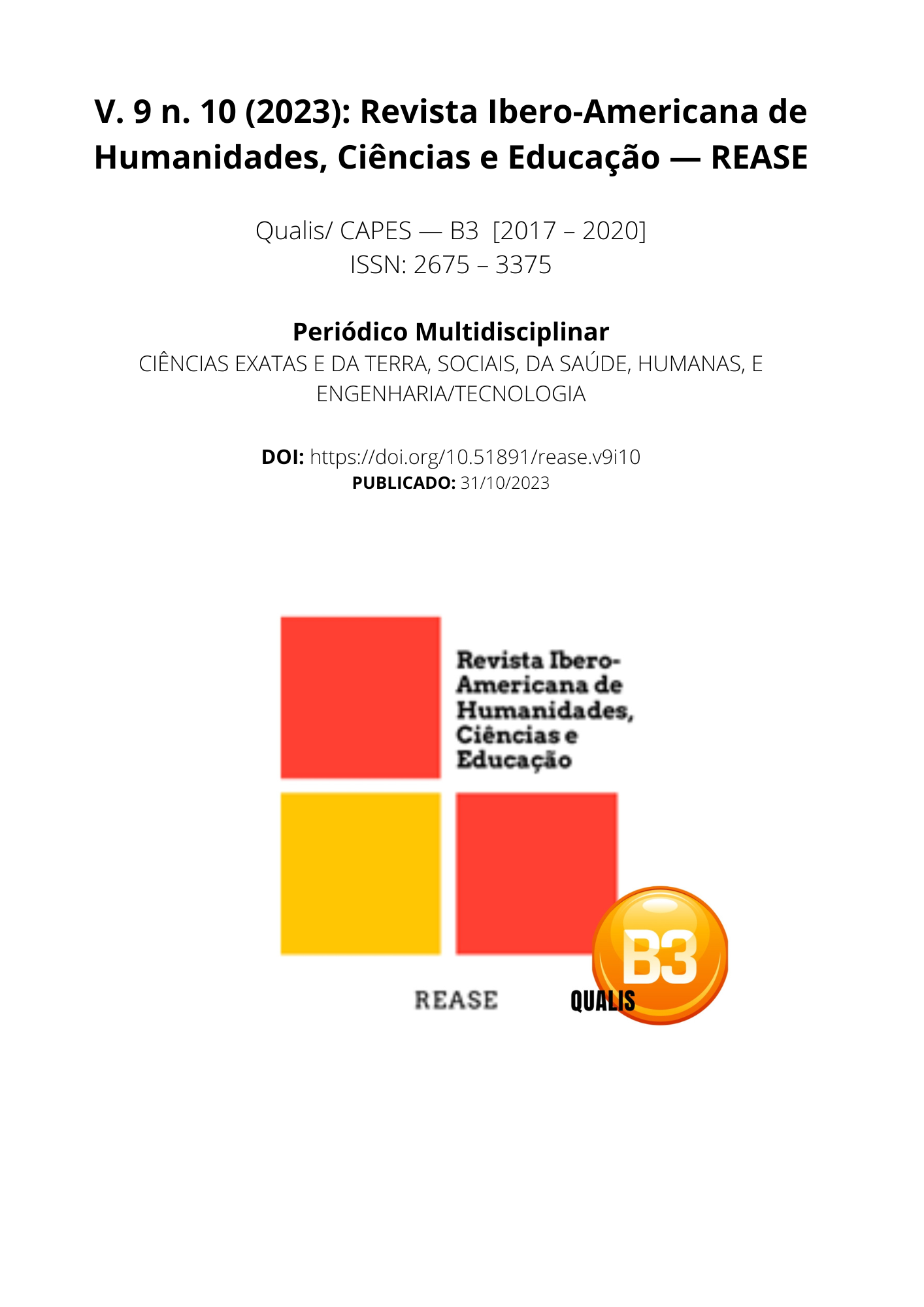GAMIFICATION IN PHYSICS AND CHEMISTRY TEACHING: EFFECTIVE STRATEGIES FOR IMPROVING LEARNING IN PRISON ENVIRONMENTS
DOI:
https://doi.org/10.51891/rease.v9i10.11643Keywords:
Gamification, Physics Teaching, Chemistry Teaching, Prison Environments, Prison Education.Abstract
This article aims to investigate the implementation of gamification in the teaching of Physics and Chemistry in prison environments, exploring innovative strategies to improve the learning and engagement of inmates. Using educational games as pedagogical tools, the study proposes an interactive and motivating approach to teaching these subjects in challenging contexts. The article discusses the integration of game elements, such as challenges, rewards and competitions, into the educational curriculum, highlighting their positive influence on students' active participation. Furthermore, success stories are presented, highlighting the effectiveness of gamification in increasing inmates' interest in science. The findings of this study offer valuable insights for educators, prison administrators, and researchers interested in promoting rehabilitation and education in correctional settings. To this end, the methodology adopted was the theoretical essay, which consisted of an analysis and critical synthesis of studies on the topic. Finally, it is concluded that gamification should not be seen as an exception, but as a norm, not only for the teaching of Physics and Chemistry, but for all subjects in prisons.
Downloads
Downloads
Published
How to Cite
Issue
Section
Categories
License
Atribuição CC BY

